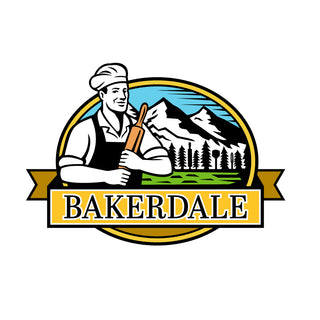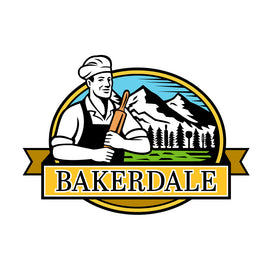Introduction
We are sometimes asked if our dehydrated sourdough starter works like dried yeast. And how long it takes to activate.
They are fundamentally different, just like fresh sour and fresh yeast are not similar at all.
But what really is the difference between yeast and sour starter, fresh or dried? A short guide for amateurs.
Bakers often wonder about the differences between dehydrated sourdough starter and dried yeast, especially when it comes to their activation and role in bread making. Although these ingredients may seem similar at first glance, Fresh sourdough is distinct from fresh yeast, and understanding these differences can help beginners choose the right method for their baking needs.
Main Methods for Leavening Bread Dough
Bread dough can be leavened using two primary methods: commercial yeast or a sourdough starter. Each method imparts unique flavors, textures, and overall baking experiences. Knowing how they differ allows bakers to select the approach that best fits their desired outcome.
Commercial Yeast: Fast and Reliable Leavening
Commercial yeast, commonly available as active dry or instant yeast, is a single-celled fungus known as Saccharomyces cerevisiae. This yeast rapidly ferments the sugars in flour, producing carbon dioxide and alcohol, which cause the dough to rise within a short period—usually a few hours. Many bakers prefer yeast because it is predictable, fast, and convenient.
· Speed: Dough made with commercial yeast typically rises quickly, often within 1-2 hours.
· Flavor: The resulting bread has a mild, slightly sweet flavor that is less complex than sourdough.
· Texture: Yields a soft crumb and evenly distributed small air pockets.
· Control: Commercial yeast produces consistent results and is easy for beginners to use.
Sourdough Starter: Tradition and Complexity
Sourdough starter is a natural leaven created by fermenting flour and water with wild yeasts and lactic acid bacteria from the environment. The fermentation process is slower, developing a tangy and complex flavor in the bread. Sourdough baking requires more time and attention, but many bakers appreciate its artisanal qualities.
· Speed: Sourdough fermentation is much slower, often taking 4-12 hours or even overnight.
· Flavor: Produces bread with a distinct tangy, sometimes sour taste and greater flavor complexity.
· Texture: Results in a chewy crust, open crumb, and irregular holes.
· Health Benefits: The fermentation process may enhance nutrient bioavailability and improve digestibility.
· Skill: Sourdough starter requires careful attention, experience, and patience to maintain and manage fermentation times.
Key Differences Between Yeast and Sourdough Starter
|
Aspect |
Yeast |
Sourdough Starter |
|
Leavening Agent |
Commercial yeast (single strain) |
Wild yeast and lactic acid bacteria |
|
Fermentation Speed |
Fast (1-2 hours) |
Slow (4-12+ hours) |
|
Flavor |
Mild, slightly sweet |
Tangy, complex, sour |
|
Texture |
Soft, even crumb |
Chewy, open crumb |
|
Skill Required |
Beginner-friendly |
Requires practice and maintenance |
Conclusion
Ultimately, the choice between yeast and sourdough starter depends on your available time, skill level, and flavor preferences. Yeast offers simplicity and reliability, making it ideal for quick baking projects. In contrast, sourdough starter delivers a richer flavor and a more rewarding baking experience, though it demands more patience and expertise. Both methods hold a valuable place in bread making, so experimenting with each can help you discover which you enjoy most.



Leave a comment